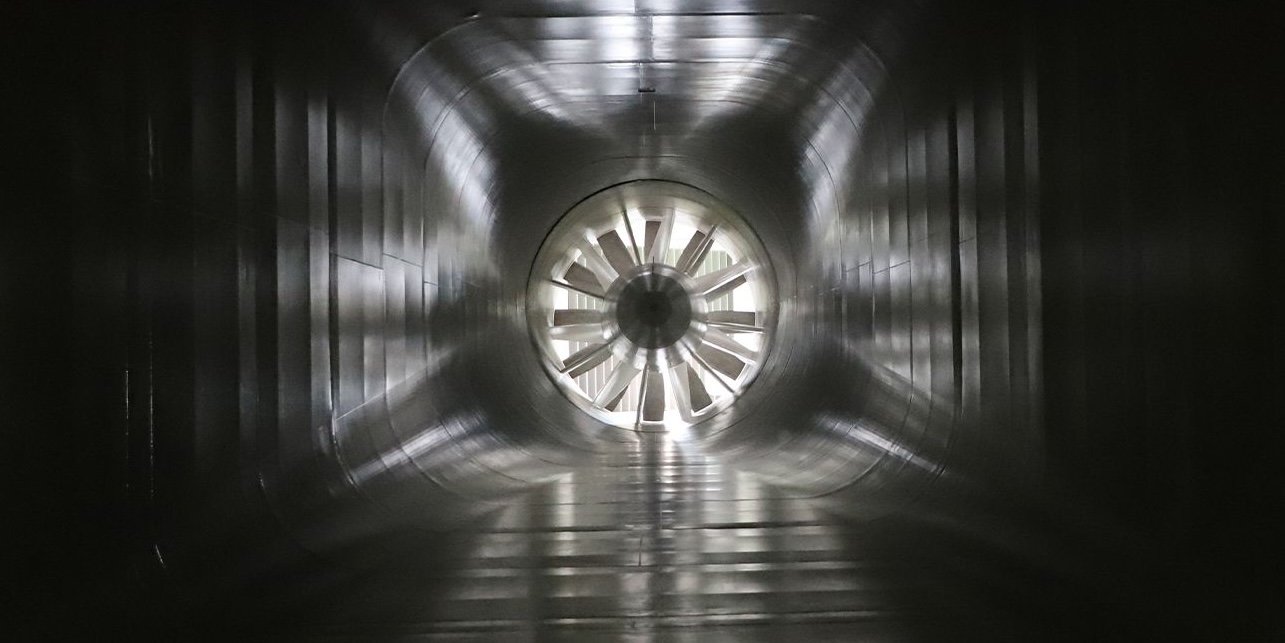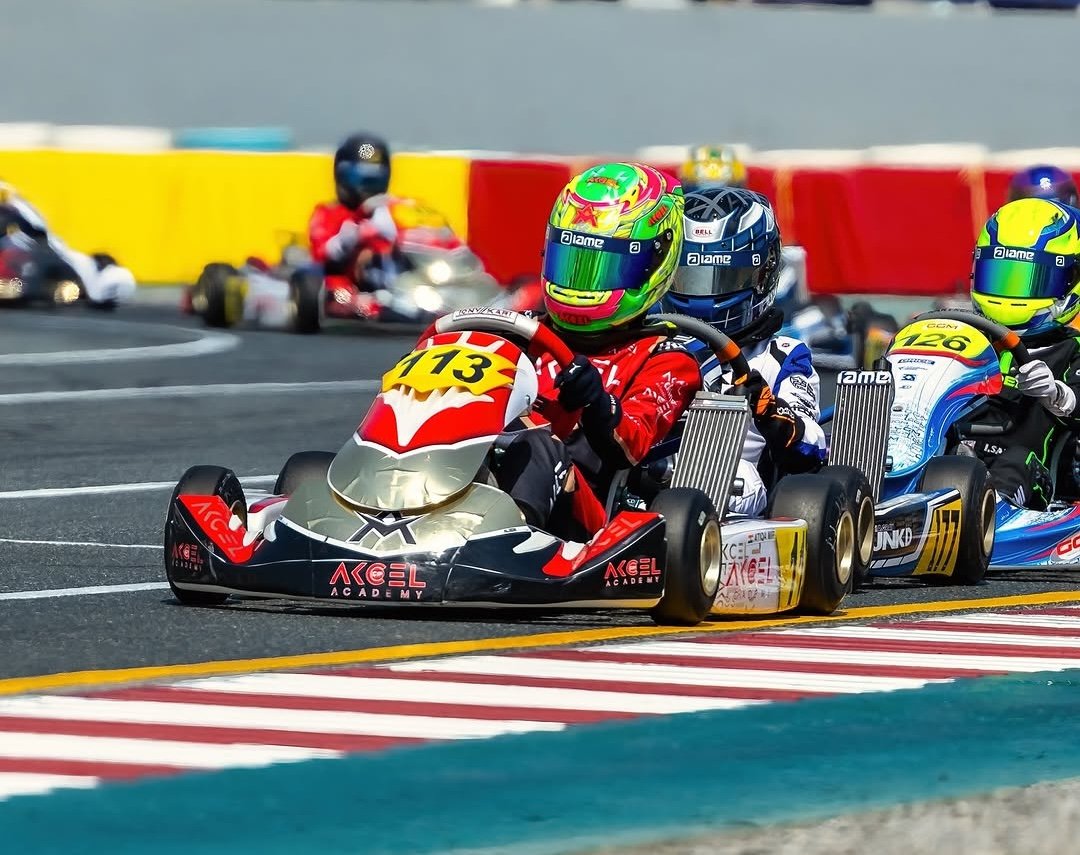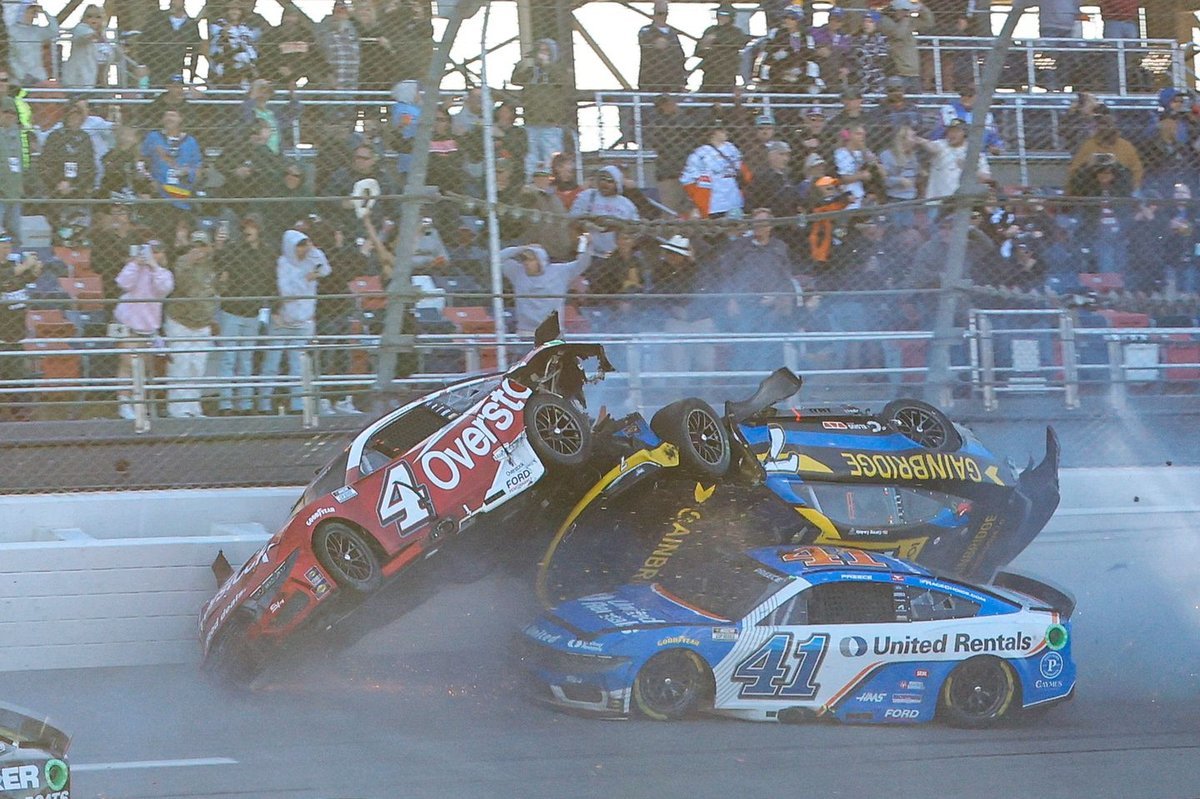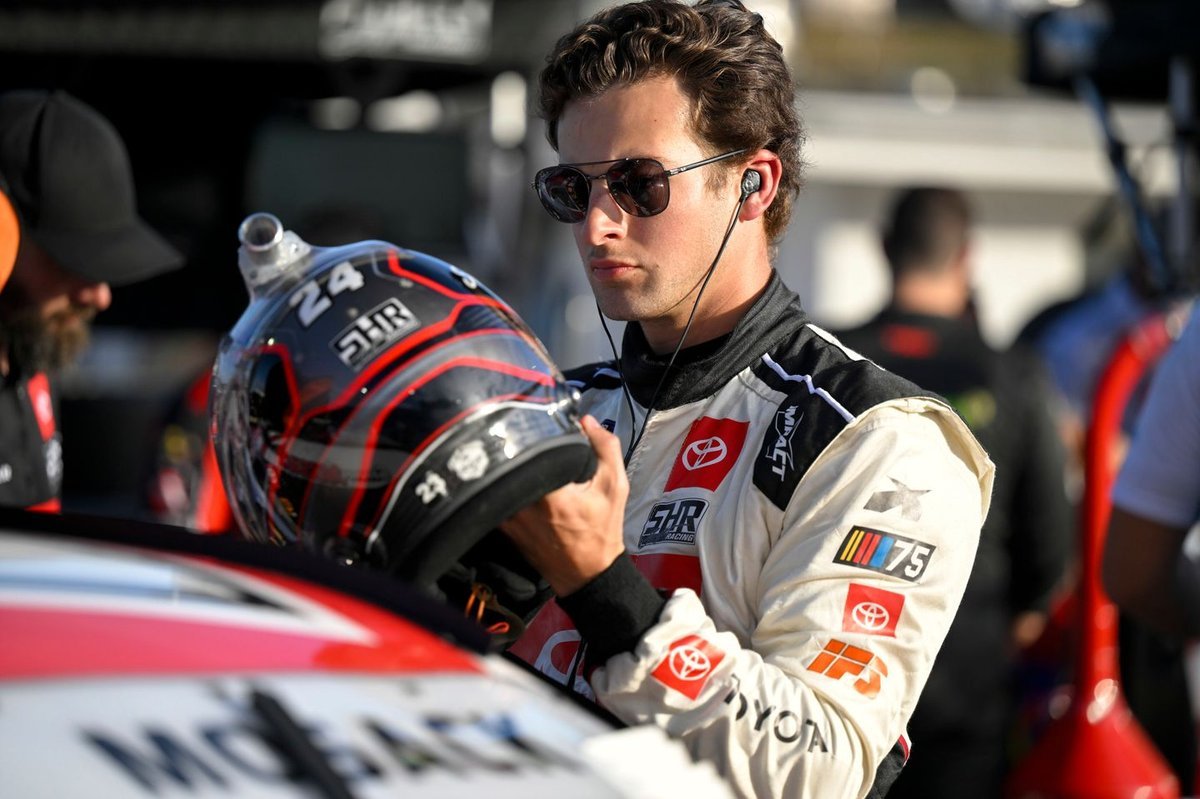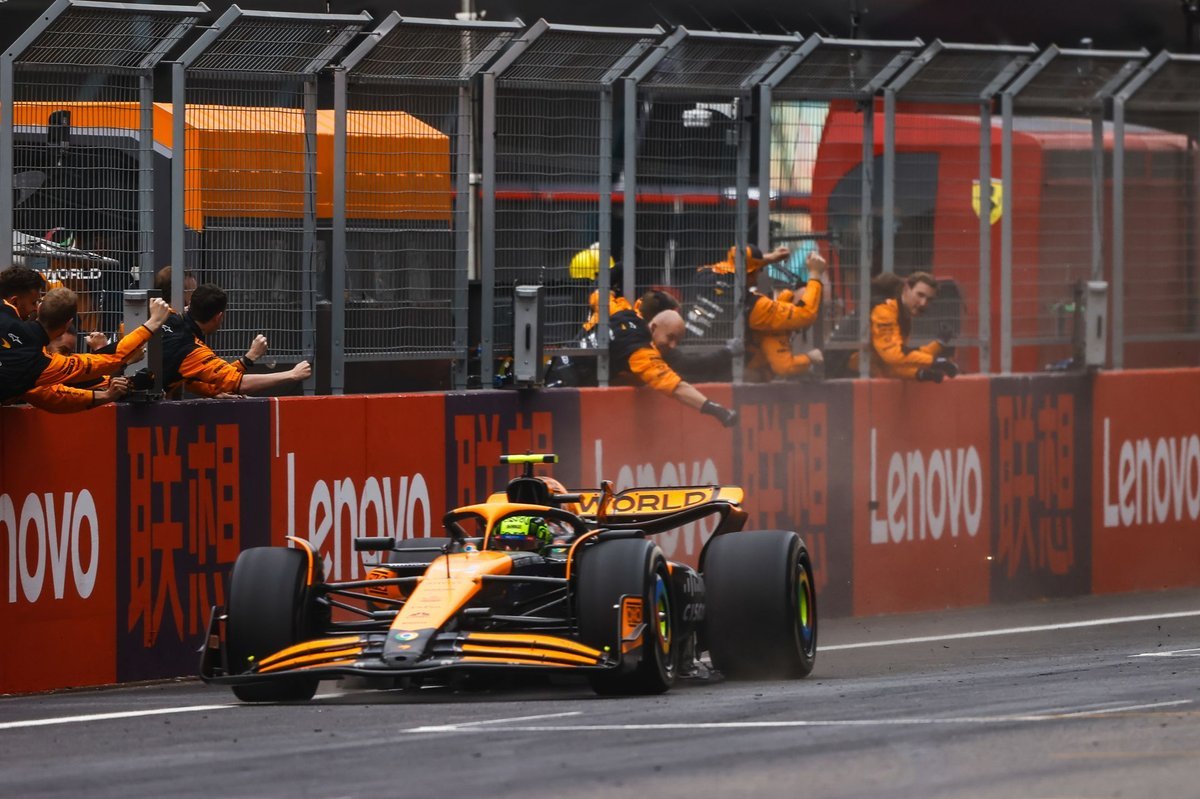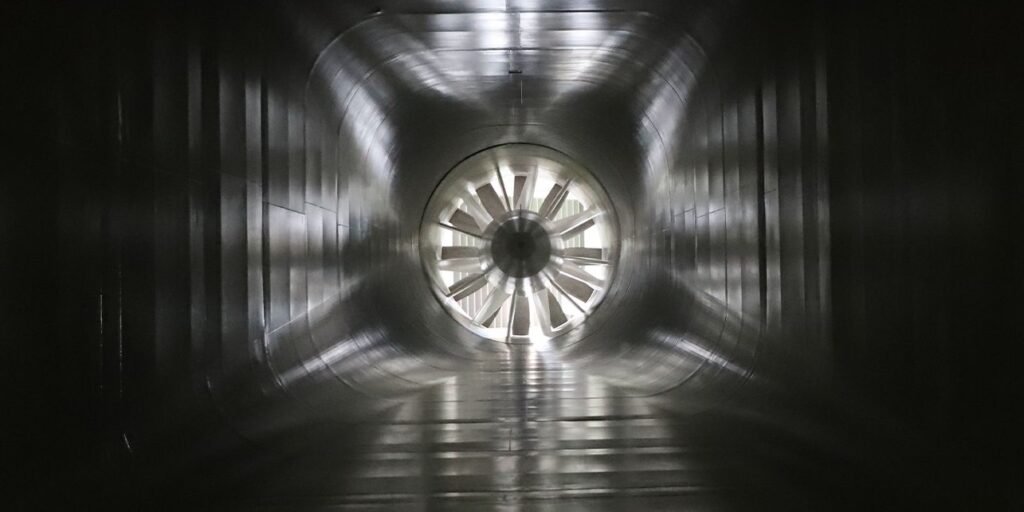
Source – Mclaren.com
While many would find it disruptive to hear the clashing of construction equipment from their office, Andrea Stella welcomed the sound as proof that things were moving forward. He finds it delightful that the sound of the wind tunnel’s fan is now playing instead.
The hum of a state-of-the-art wind tunnel now fills the once quiet spaces of McLaren’s Technology Centre, signaling a new era in the team’s relentless pursuit of Formula 1 glory. This cutting-edge facility, a result of nearly four years of meticulous planning and execution, is more than just a technical upgrade—it’s a cornerstone in McLaren’s future, designed to propel the team back to the front of the grid.
McLaren’s previous wind tunnel, which had been decommissioned in 2010, was deemed unfit for the demands of modern F1 development. Since then, the team has relied on Toyota’s facility in Germany, but as the sport’s aerodynamic demands evolved, so too did the need for McLaren to bring this crucial testing capability back in-house. The decision to build a new wind tunnel at the MTC was a no-brainer, marking the largest investment in the team’s infrastructure since the construction of the Technology Centre itself.
The wind tunnel is an engineering marvel, its scale and complexity matched only by the importance of its role in modern F1. Designed to operate with a 60% scale model of McLaren’s cars, the tunnel is engineered to provide the most accurate aerodynamic data possible. Every aspect of the tunnel, from the massive rolling road that simulates the car’s interaction with the track surface, to the precise airflow generated by its main fan, has been meticulously designed to ensure that the data it produces is as close to real-world conditions as possible.
The project, led by a dedicated team within McLaren Racing, required the demolition of the old tunnel and the careful construction of the new facility within the constraints of the existing MTC structure. The task was Herculean, involving the dismantling of the old steelwork and the installation of new, larger components that were often delivered in pieces, only to be assembled like a gigantic jigsaw puzzle inside the building.
Source – Mclaren.com
One of the key challenges was ensuring that the tunnel could accommodate the 60% scale model without compromising the accuracy of the aerodynamic data. This required the rolling road to be as wide as the doors it was delivered through, a design constraint that added to the project’s complexity. Yet, the McLaren team, driven by a shared vision of returning the team to its winning ways, pulled together across all departments to make it happen.
With the tunnel now operational, McLaren is no longer dependent on the 388-mile round trip to Cologne. The new facility not only cuts down on travel and shipping costs but also significantly enhances the team’s ability to test and develop new aerodynamic components at a much faster pace. The proximity of the wind tunnel to the rest of the team’s operations means that engineers can now conduct tests, analyze data, and implement changes without delay, providing a crucial edge in the ultra-competitive world of Formula 1.
The tunnel’s first real test came ahead of the summer break, where an old-spec McLaren model was used to calibrate the system. Now fully operational, the facility is expected to play a pivotal role in the development of McLaren’s 2024 challenger, with the team already shifting its focus to next year’s car design.
McLaren’s new wind tunnel is more than just a tool—it’s a statement of intent. In an era where every thousandth of a second counts, this facility represents McLaren’s commitment to reclaiming its place at the top of Formula 1. With this technological leap, the team is not just looking to catch up with the competition, but to outpace them, turning the winds of change in their favor as they accelerate into a new chapter of their storied history.

